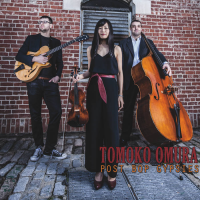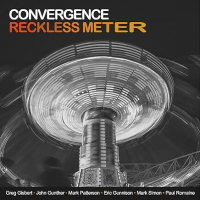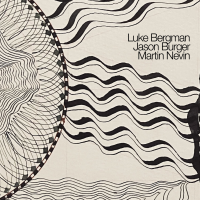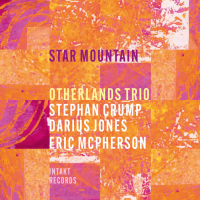Home » Jazz Articles » Album Review » Tomoko Omura: Post Bop Gypsies
Tomoko Omura: Post Bop Gypsies
Omura's first two releases— Visions (Self Produced, 2008) and Roots (Inner Circle Music, 2015)—weren't devoid of bop influences, but they really marked her as more of a modernist with strong cultural ties to her homeland. This date intentionally repositions her, but it doesn't change who she is. It's not a hard reset, but rather a new journey for an artist who's incredibly capable of navigating myriad paths by her own internal artistic compass.
Intentional or not, this album title proves to be something of a misnomer. When you think of a date called Post Bop Gypsies, you may very well imagine an unlikely merging of Miles Davis' second great quintet and the Quintette du Hot Club de France. But that's not this. Yes, there are times when gypsy jazz merges with a specifically stylized bop aesthetic or tangent—this trio's trip through a Warne Marsh winner ("Background Music") may be the best example—but Omura rarely makes things cut and dry in terms of genre splicing and dicing, always flavors a song with her own mixture of stylistic ideals, and never goes far enough to the left to definitely be defined as a post bop player on this date. Of course, she's certainly eclectic enough, on the whole, to fall into that large umbrella category as an artist.
Across these ten tracks there are opportunities to hear Omura bow to bop totems (Charlie Parker's "Relaxin' At Camarillo," Thelonious Monk's "Four In One"), swim in Brazilian currents (Charlie Chaplin's "Smile," her own "Boy From Boylston," Heitor Villa Lobos' alluring "Bachainas Brasileiras No. 5 Aria"), and dwell on beautiful daydreams ("Midnight Sun"). Chops, lyricism, playfulness, energy, structural integrity, and group chemistry are all in plain view across this program. Omura's five-string violin and Alex Goodman's guitar prove to be in sync, bassist George DeLancey bounds this way and that as he keeps the locomotive moving, and all three musicians have a ball passing solos back and forth.
Call this music bop, call it what you will...or don't call it anything in particular. A jewel by any name would still attract attention and awe, a star would still shine as bright, the rose, of course, would still smell as sweet, and Post Bop Gypsies would still be as pleasurable a listen.
Track Listing
Relaxin' At Camarillo; Four In One; Smile; JR; Boy From Boylston; Background Music; Bachianas Brasileiras No. 5 Aria; Arabesque; Midnight Sun; Wee.
Personnel
Tomoko Omura
violinTomoko Omura: 5-string violin; Alex Goodman: guitar; George Delancey: bass.
Album information
Title: Post Bop Gypsies | Year Released: 2017 | Record Label: Inner Circle Music
Tags
PREVIOUS / NEXT
Support All About Jazz
 All About Jazz has been a pillar of jazz since 1995, championing it as an art form and, more importantly, supporting the musicians who make it. Our enduring commitment has made "AAJ" one of the most culturally important websites of its kind, read by hundreds of thousands of fans, musicians and industry figures every month.
All About Jazz has been a pillar of jazz since 1995, championing it as an art form and, more importantly, supporting the musicians who make it. Our enduring commitment has made "AAJ" one of the most culturally important websites of its kind, read by hundreds of thousands of fans, musicians and industry figures every month.






















